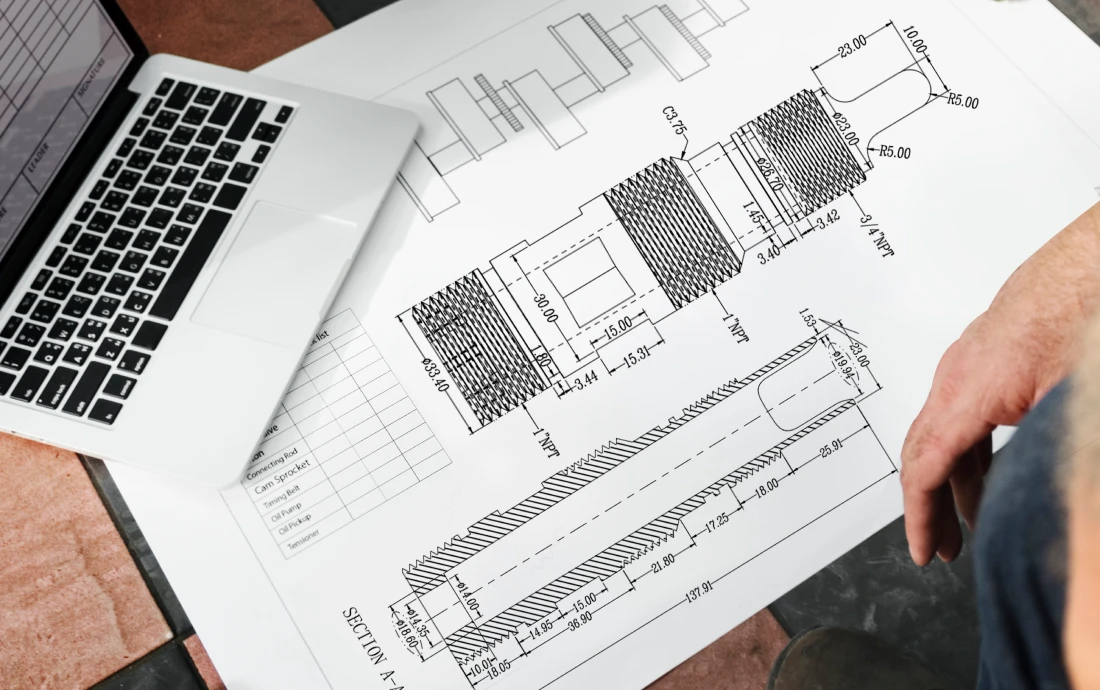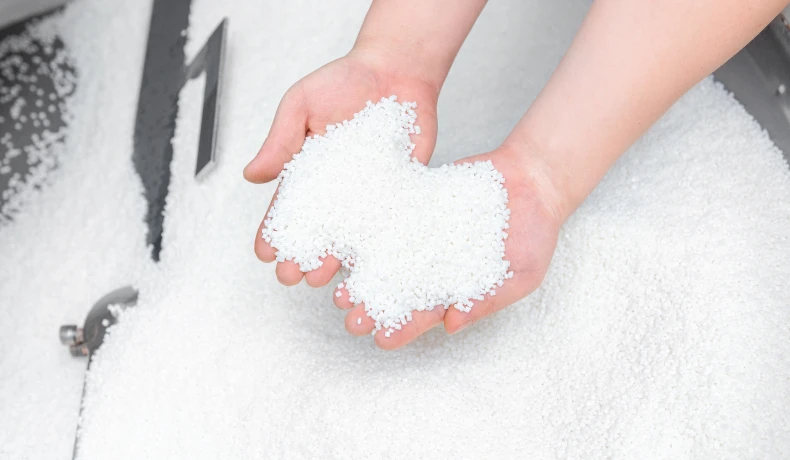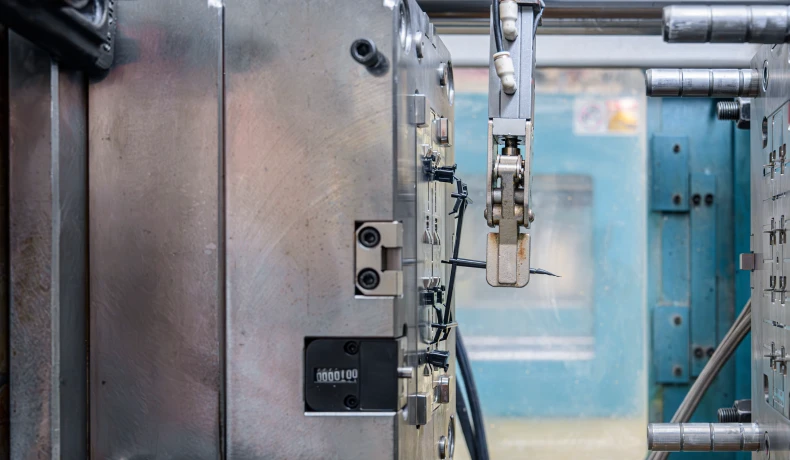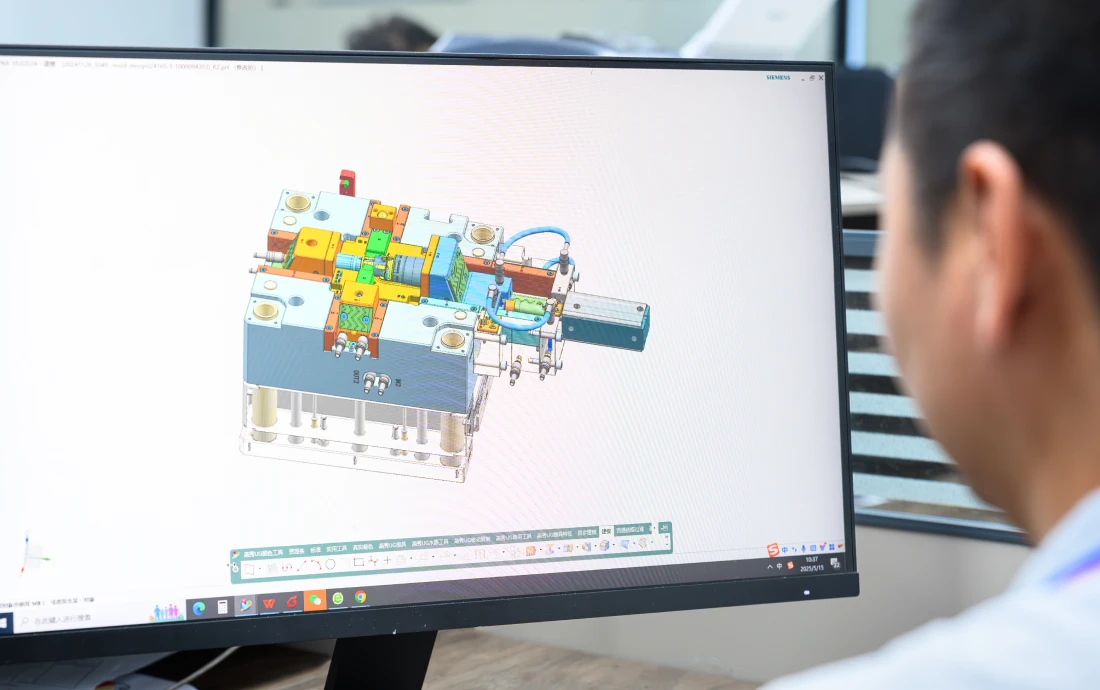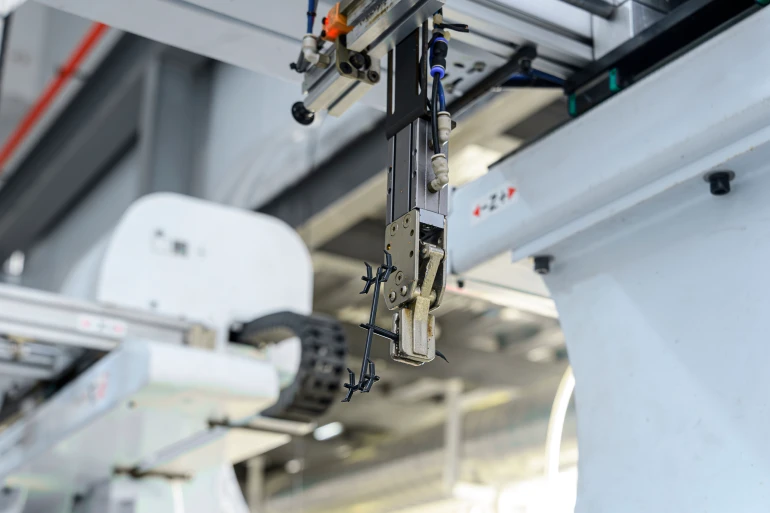- Home
- Mold Design
Fox mold
Design for Improving Moldability & Manufacturability
Creating custom molds is a critical step in offering custom plastic components to your growing market. However, finding a reliable overseas manufacturer to turn your ideas into reality can be not only challenging, but also hard on the budget.
Leveraging our expertise in plastic injection molding production, Fox Mold also offers a robust mold design service where we meet your needs within your budget. Whether you’re looking to create a new mold or modify an existing one, our expert designers can meet your needs.
We will analyze the design and implement improvements to reduce quality risks or assembly issues, thereby reducing production costs and lead times. DMF and MF reports are also available upon request.
/
Fox mold
Mold Design /
After the design is created, we begin to select the appropriate materials to create the mold. Several factors are considered when selecting materials, including their mechanical properties, heat resistance, and how the materials will fill the mold. We also consider shrinkage within the cavity dimensions to ensure part accuracy during production.
We also review the structural design of each mold to ensure that all critical components are in place to ensure smooth and consistent output. From the cavity design to the inclusion of a runner system, cooling system and ejection system, our engineers properly calibrate the location and dimensions of everything in place.
Mold engineers use state-of-the-art CAE tools to anticipate potential problems early in the design process. We can also simulate what will happen when the mold receives molten plastic before the actual mold is built. By identifying these concerns early and adjusting the designs, we can increase the success rate and reduce delays in the later stages.
Precision Production Mold Design in Every Step
Trust the expertise of Fox Mold to convert your ideas into functional and lasting molds.
Types of Molds We Developed
Discover the various molds we’ve crafted over the years that exemplify our expertise in the craft.
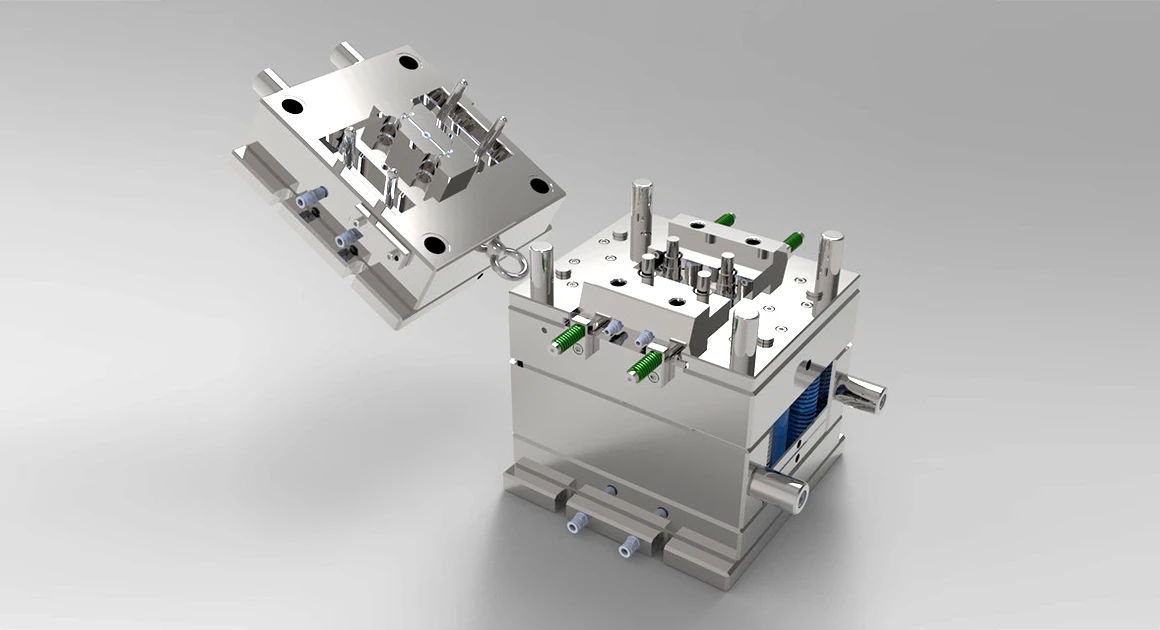
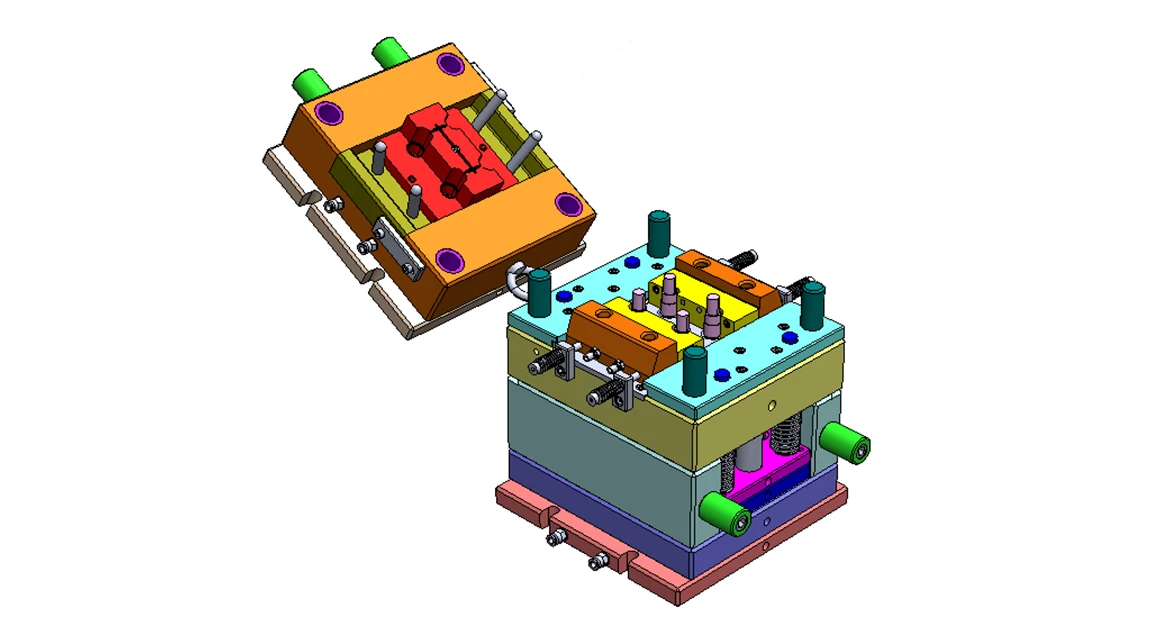


One-Stop Services
We support more services to meet your needs. You can count on Fox Mold to handle any molding project and make any product imagined come to life.
/ Benefits /
Why Work with Us
Having a reliable manufacturing partner like Fox Mold on your side opens your business to more opportunities for growth and profit.
Tight Tolerance of +/-0.01MM
All molds have tight tolerances of +/-0.01mm, ensuring that all intricate details on the mold are captured in the final product.
Precision Parts Manufacturing
We have a high 90% approval rate for mold designs after the first sample mold run, allowing a quick transition to full production.
Free & Fast DFM Report
Free and fast DFM reports to help ensure the efficiency and feasibility of product and mold designs.
In-house Mold Design & Making Team
Fox Mold has a comprehensive mold design team that handles all aspects of the tool design and making process. This ensures that quality is maintained at every step.
FAQ
How to Design for Injection Molding?
The following should be clearly understood before designing injection molds:
- Material Selection: The material used in injection molding significantly impacts durability, performance, cost, and production time. For better performance, specific plastic resin types including polyurethane (PE), acrylonitrile butadiene styrene (ABS), polycarbonate (PC), and polypropylene (PP), etc., are popularly employed due to their versatility, recyclability, and cost effectiveness. The shrinkage rate or fatigue resistance of mold material is also critical for accurate mold cavity sizing.
- Product Design: Conceptualization of the desired product is crucial in the design selection process for your injection molding. CAD software is used to create models that typify the exact geometry (2D/3D) of the mold to be designed. Other aspects of the molds, such as wall thickness, draft angles, undercuts, bosses, tolerances, etc, including finishing features like texture and gloss, can be visualized and improved on before production.
- Operational Requirements: Low-volume productions tolerate simpler features and designs and require soft tooling. High volume productions require more complex mold designs with automated control at high speeds. To balance out cost and functionality, opt for affordable materials and less complex mold designs.
- Mold Functionality: Not all molds are suitable for all injection molding designs. Take into consideration the amount of cavities the design requires; gate type (sprue, edge, sub, hot runner) and location; ejection method employed (pins, sleeves, lifters, air); vent locations; and the presence of undercuts.
- Tooling & Cost: More intricate designs directly influence mold complexity and production costs. Thus, tooling design selected must accommodate features such as parting lines, draft angles, gate placements, etc.
What is Design for Manufacturability (DFM)?
Design for Manufacturability (DFM) is a process of designing parts and components of a product at the best possible version and lowering costs by simplifying and optimizing the product design. This approach is adopted to challenge the design at the early stages of production (before tooling design), minimizing the need for adjustments at critical stages of the production cycle. A good DFM follows five principles: process, where the entire concept of the product is reviewed from feasibility to cost-effectiveness; design analysis and challenge predictions; material selection; environment; and compliance with regulatory requirements.
Injection Mold Runner and Gate Design
The injection mold runner is one of the components of the injection mold gating system, including the sprue, runner, and gates. The mold runner acts as a flow channel to the gate/gates of a mold, depending on the number of cavities the mold design accommodates. The gate is a small opening that allows molten plastic to flow into and fill the cavity/cavities in the mold to form the final product. Irregularities in gate dimensions or placement can affect the quality and precision of the product.
Gate design refers to the sizing, style, location, and placement of gates at the mold cavities. It impacts the flow, pressure, and temperature at which molten plastic fills the cavities. Examples of gate designs include: edge gates, commonly employed due to their flexibility and affordability; sub or tunnel gates used in high-volume automations; cashew gates, shaped like the cashew fruit; and hot tip gating with a manifold that keeps the molten material hot.
Injection Mold Cooling Design
The two standard methods of injection mold cooling include: air cooling design and water cooling design.
Air cooling design utilizes fans or blowers to dissipate heat from the surface of the final product. This method of cooling is however only effective in simpler mold designs and for sturdier or less sensitive materials. Water cooling, on the other hand, employs the use of channels through which water circulates within the mold. It is suited for intricate designs and sensitive materials. Water cooling is a better option compared to air cooling due to the provision of even temperature throughout cooling, unlike the fluctuations experienced in air cooling. It is however quite cost intensive.
Cooling design can also be classified based on the geometry of the mold design into standard and conformal cooling. Standard cooling introduces air through channels that are drilled or milled into the mold design in straight lines. Conformal cooling utilizes channels that closely follow the exact geometry of the mold.
What does a Mold Designer do?
A mold designer is a professional responsible for preparing detailed designs with precise specifications for all molds used in a manufacturing facility. In addition to an in-depth knowledge of material and production techniques, the mold designer's expertise covers prowess in CAD (Computer-Aided Design) software. Before mold production, 2D/3D models are designed with CAD software for review and to ensure optimal functionality of the desired product.
What Software is used for Notebook Mold Design?
CAD (Computer-Aided Design) and CAE (Computer-Aided Engineering) software are both used for notebook mold design. The CAD software is used to craft mechanical designs of the mold, while CAE software is used to mimic the plastic injection molding process. The essence of both software is to allow for refinement and optimization of the mold designs to meet real-life requirements.
